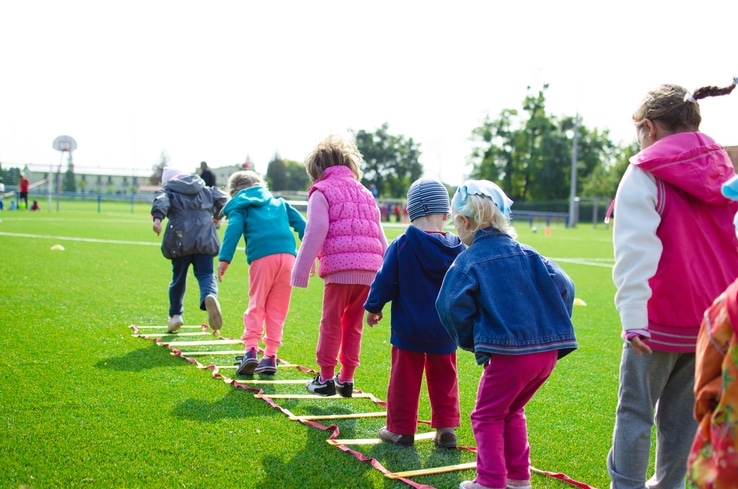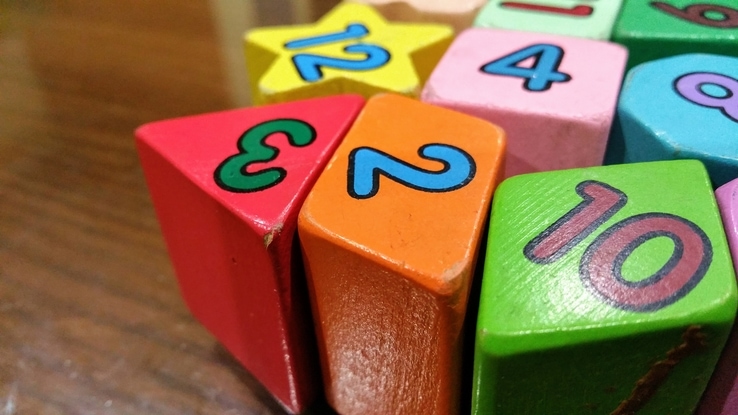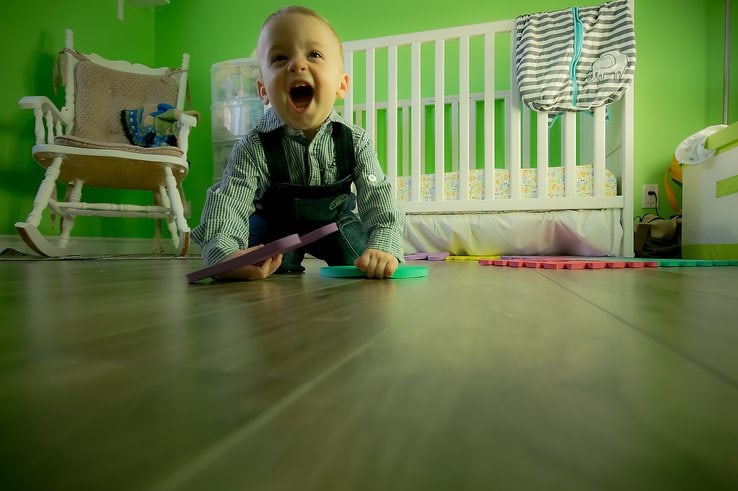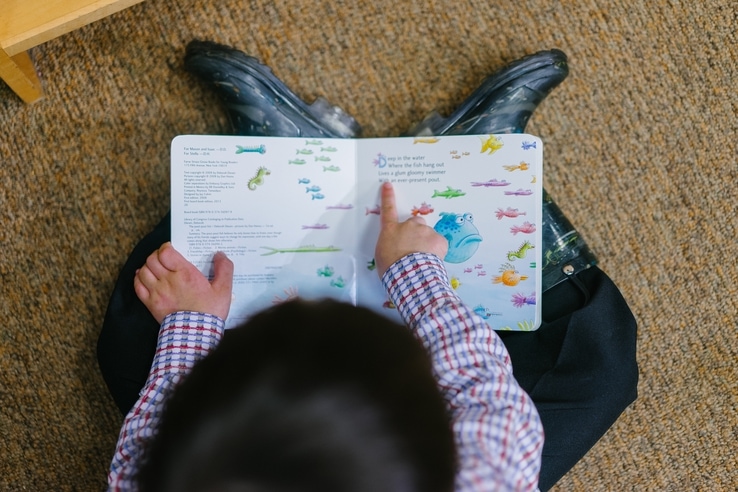The world is changing fast, and no one is more impacted than parents and their children. For worried parents, preparing the next generation for success has never been more difficult, or more uncertain. Given the changes in technology and the acceleration of robotics and artificial intelligence, today’s parents struggle to predict which skills will be most important for their child’s future.
Children are in the same boat, even if they are largely unaware of it. By the time they get to school, those kids will be facing challenges their parents and grandparents never dreamed of. In that uncertain environment, choosing the right courses and knowing what to study will be a real challenge.

What is STEM and what are STEM toys?
STEM is an umbrella term that stands for science, technology, engineering, and math. While all of these subjects are different from one another, the term STEM serves as a catch-all for the various fields and careers they entail.
The future may lie in STEM but how do parents encourage such interests in their children? So, what are STEM toys? While no parent can dictate what their son or daughter will be interested in, choosing the right toys that are STEM-related could help your child learn more of the skills that will only become more important as science and technology advance.
The History of STEM Toys
While they may seem like a new idea, STEM toys have been around as long as children. The history of STEM toys is as long as the history of our species, even if the connection is not immediately apparent.
A child in ancient times may have played with an abacus, mimicking his father while learning how to count. Even playing with rocks and stones helped build a foundation in special reasoning, even among kids who were still too young for a formal course in geometry.
It is easy to see STEM toys as an exercise in structure, but these playthings can also be a part of free play. The child you plays with Lego blocks or spends time building a princess castle is also engaging with the world, and learning valuable lessons about the world and how it works.

Why STEM Education is Important
More than anyone, parents have a vested interest in the education of their children, but today’s parents find themselves in a precarious position. Not since the Industrial Revolution has the future of work been in such flux, and that uncertainty is making planning far more difficult.
Some of the biggest thinkers in the world have predicted that more than half of current jobs will not exist in a few decades, while other job categories will be created. Predicting which careers will be hot in 20 or 30 years is difficult in the best of times, but in today’s changing environment it has become nearly impossible.
What parents can do to protect their children is focus on helping them learn. While jobs will always come and go, the need for deep thinkers and smart problem solvers is almost certain to endure. More than anything else, a STEM education creates a curiosity about the world, giving the scientists and engineers of tomorrow a head start on a bright future.
Why You Should Have STEM Toys in Your Kid’s Room
From chemistry sets to computer tablets, from building kits to toy robots, providing a wide variety of STEM-inspired toys can provide inspiration for your children and spark their sense of curiosity. But simply filling the toy chest with STEM-inspired playthings is not enough – if you want those toys to have an impact, you need to keep them close at hand.

Parents who want to educate and inspire the next generation should start by filling their children’s bedrooms with a wide variety of STEM toys. You never know where your child’s interest will lie, so providing a wide variety of toys is the best strategy.
Advantages and Disadvantages of STEM Toys
Providing children with access to STEM toys has obvious advantages, including sparking curiosity and building valuable skills for the future. The child who starts out playing with a toy computer may develop an interest in coding and programming. The girl who plays with her chemistry kit could invent the next synthetic compound.
STEM toys can also enhance free play among children, something that is less and less common in the modern world. Free play is important for the development of happy and healthy children, and quality STEM toys can foster creativity while encouraging teamwork and cooperation.
As with everything in the world of parenting and education, it is possible to go too far with STEM toys. Not every child is ready for a STEM education, and not every STEM toy is fun to play with. No matter how educational, if a STEM toy is not fun to play with, it is essentially useless. Not every child wants a chemistry set for Christmas; some youngsters will still prefer toy trucks and trains.
As always, it is important to tailor the plaything to the child. Even toddlers often show a distinct preference for different types of toys, and free play should always take precedence over forced education. Ironically, many popular STEM toys promote a sedentary lifestyle, and children who play with them could actually be more prone to obesity than their peers who play with more conventional toys. In addition, there are marked risks to some STEM toys, including the aforementioned chemistry kit. These types of playthings require strict supervision, something parents should be aware of.
The Future of STEM Toys
The future of STEM is bright, with a wealth of job opportunities and above average growth in scientific and technological fields. Artificial intelligence and the rise of robotics may eventually supplant many entry-level jobs and repetitive tasks, but there will always be a need for computer programmers, robotic engineers and others in the STEM fields.

As parents continue to focus on a solid STEM education for their children, they will increasingly look for playthings that enhance creativity and foster young imaginations. That should mean an increased interest in STEM-based toys, and increased development of new and improved science and technology-based toys.
The very skills that make the STEM field integral to the future, things like experimentation through trial and error, the development of problem-solving skills and the value of creativity, are embodied in the best STEM-inspired toys.
The good news is that parents may not have to work that hard to get their kids interested in STEM toys. A number of studies have shown that children actually prefer toys that help them learn. Simply providing access to STEM toys, preferably in the child’s bedroom, and encouraging free play, could be all it takes.
How STEM Toys Help the Young Brain Develop
Psychologists and experts in childhood development have long understood the value of free play, and incorporating STEM-based toys into the picture can boost the benefits. Free play is where children play on their own, with little or no intervention from the adults in their lives, and STEM toys are perfect for this type of play.
By playing with age-appropriate STEM toys, babies and toddlers learn to distinguish shapes and colors, build spatial skills and prepare for future learning. These simple STEM toys for toddlers and babies lay the groundwork for future scientists, entrepreneurs, and programmers, helping them learn new skills while interacting with the new world around them.
STEM toys for babies can be as simple as stacking blocks, or as complex as wooden mazes and toy vehicles. Examples of toddler-appropriate STEM toys include popular playthings like shape sorters, ant farms and bug zoos and even books.

For older children, the value of STEM toys can be even greater. Young kids use free play to develop their neural pathways, and quality toys can enhance that cognitive development. As they get older, children can use their STEM toys to solve problems, learning through trial and error while developing strong relationships with their peers.
The job market has undergone enormous changes in recent years, and the educational system is still struggling to catch up. Many experts have openly complained that schools are still stuck in a 19th-century mindset, even as the children they serve are racing into the 21st century.
That is why it is so important for parents to fill in the gaps, providing their children with the tools and skills they will need to compete in an increasingly technology-dependent world and workplace. By giving their kids access to STEM toys, 21st-century parents can spark creativity in their sons and daughters, encourage experimentation and free play and enhance a love of learning and exploration. In the end, a child’s play could be the best preparation for a bright future.

 United States
United States Canada
Canada